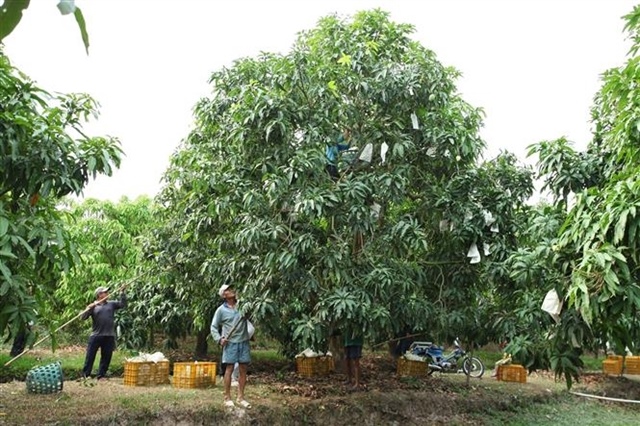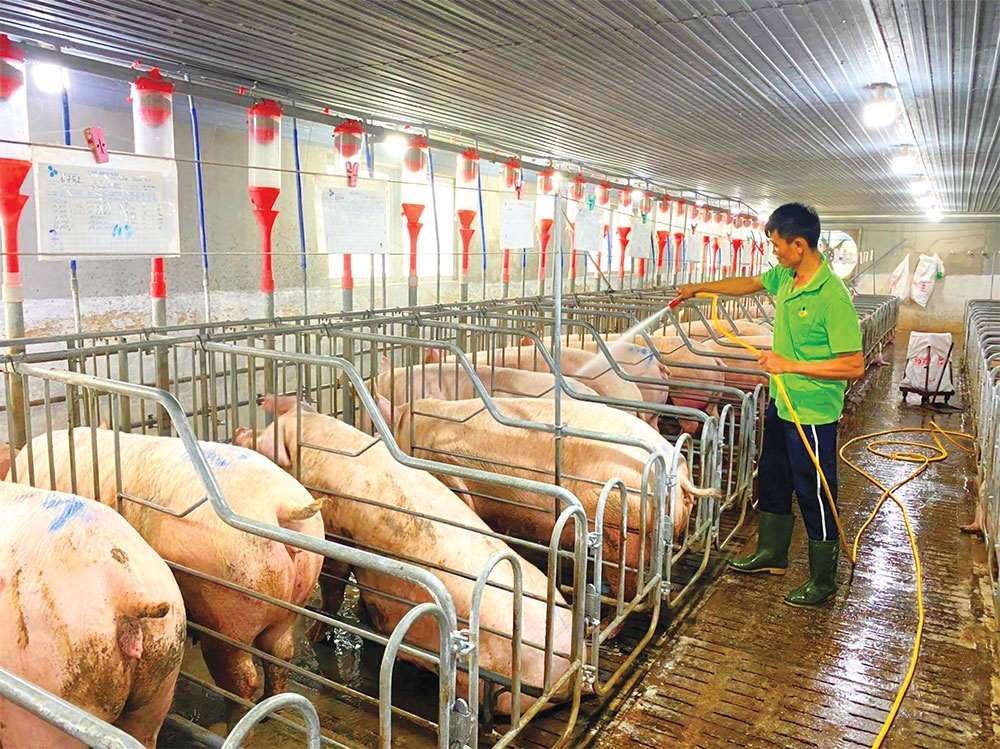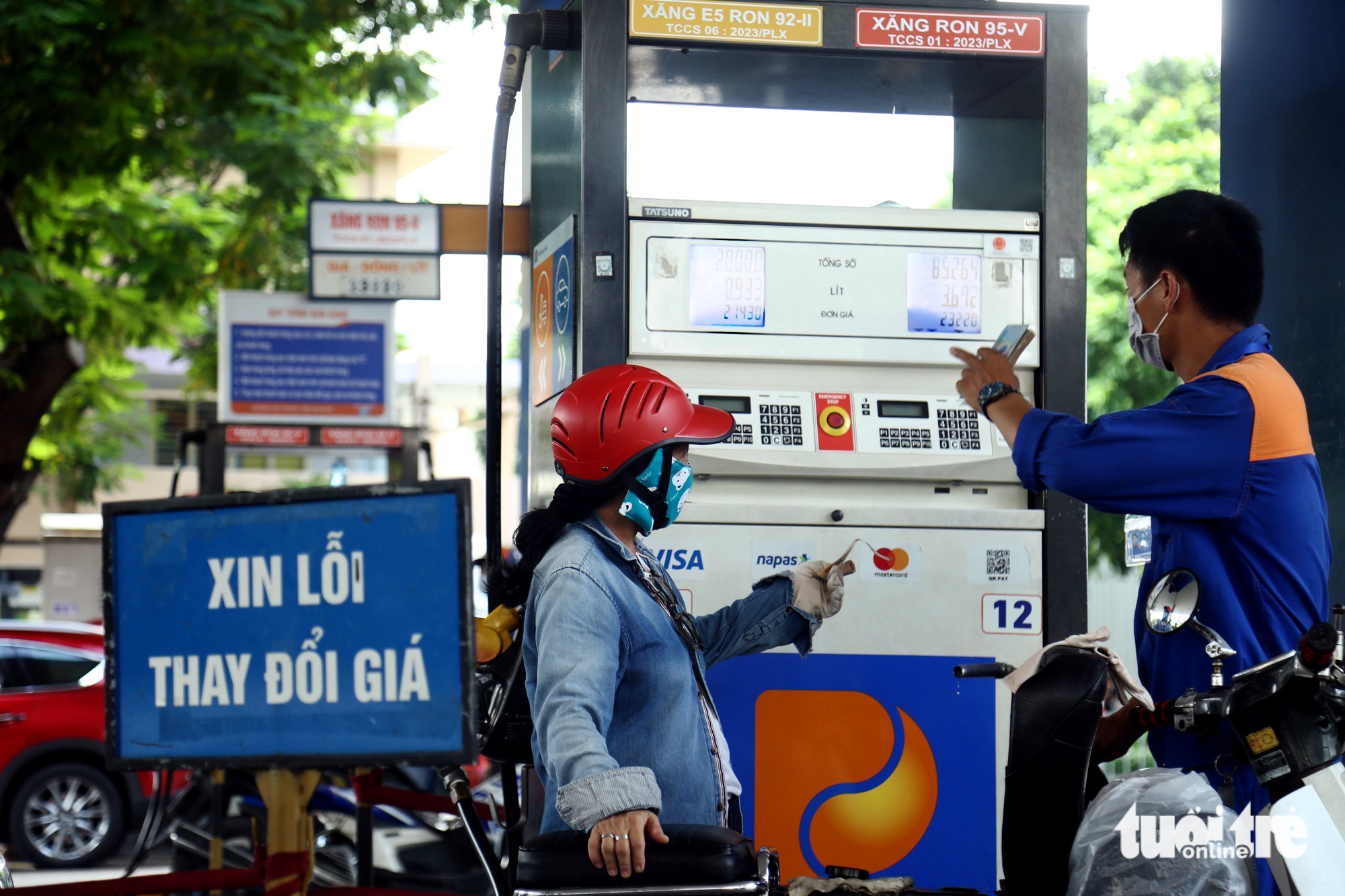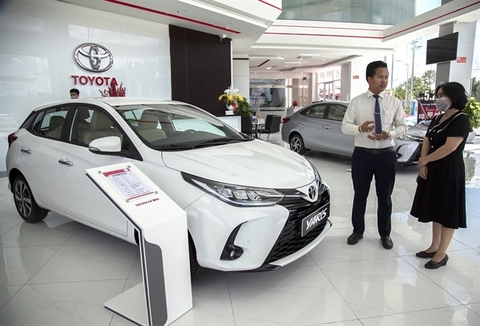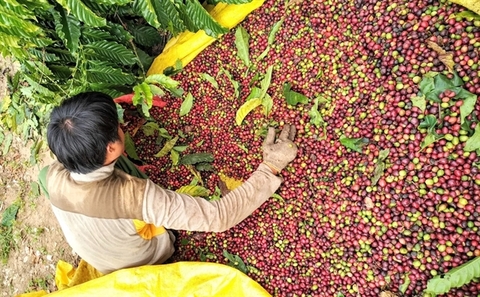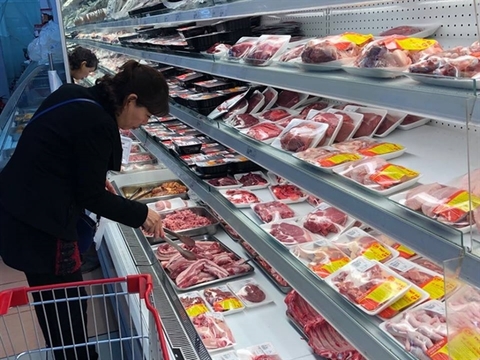How electric vehicles can shape the auto industry
How electric vehicles can shape the auto industry
In order to implement Vietnam’s net-zero commitments, one of the solutions by the government is to use more electric vehicles (EVs) as a means of transportation for the step-by-step replacement of motor vehicles powered by conventional internal combustion engines.
To help achieve such targets, in January the National Assembly passed a law to ensure special consumption tax (SCT) rates are greatly decreased to encourage people to use EVs (Table 1) for their means of transportation. At the same time, the ownership-transferring fee rates for such vehicles are noticeably decreased as well (Table 2).
In July, the prime minister promulgated Decision No.876/QD-TTg on approving the action program for transition to green energy and mitigation of carbon dioxide and methane emissions from transportation. For road transportation for the rest of this decade, the manufacturing, assembling, importing, and converting of conventional automobiles into EVs will be promoted; as well as developing a charging station network to meet the demands of individuals and businesses.
For road transportation after 2030, the manufacturing, assembling, and importing of automobiles powered by conventional engines will be, step by step, limited and stopped by 2040. By 2050, all automobiles to be manufactured, assembled, and imported must be EVs. By 2050, the charging station network development will be completed nationwide.
For urban traffic, by 2025 all newly purchased city buses must be electric. Proportions of public transportation by electric city buses by 2030 will be 45-50 per cent for Hanoi, 25 per cent for Ho Chi Minh City, 25-35 per cent for Danang, 20 per cent for Can Tho city, 10-15 per cent for Haiphong, and 5 per cent at least for 1st-grade urban areas.
Meanwhile, by 2030, the proportions of EVs will be 50 per cent at least, and 100 per cent of newly purchased taxis will be EVs. By 2050, all city buses and taxis must be electric. The proportion of such vehicles in public transportation are 40 per cent in special urban areas and 10 per cent in 1st-grade urban areas, at least.
By 2030, with a forecasted population of about 105 million people and average yearly GDP growth rates of about 7 per cent, the Vietnam automobile market demand is projected at 1.8-2 million units.
Realising the business opportunities, many current automobile manufacturers have planned the manufacturing and distribution of EVs in Vietnam. VinFast stopped manufacturing passenger cars with traditional engines and started manufacturing them earlier this year for both domestic and export market demands. In addition, some other firms have also planned the manufacturing and distributing for both markets.
However, Vietnam’s EV manufacturing industry is facing many challenges. The country’s material production is now at a low level of development. Vietnam has no technologies for the manufacturing of key components like lithium batteries, electric motors, inverters, and other electronic components. Most of the tech to manufacture components is bought or transferred from foreign manufacturers.
In addition, EVs need a nationwide charging station network funded by manufacturers and other investors to become popular. At present, the network in Vietnam is still very limited, which makes potential customers hesitant to buy.
Investments in EV manufacturing are also enormous, ranging up to several billion US dollars. Not many investors have enough capital to invest in the manufacturing and distributing businesses.
Finally, tech regulations on safety and environmental protection for EVs and charging station networks are not available yet. It is advisable for the government to promulgate national technical regulations at the earliest time. In addition, the government must consider and promulgate some support and incentive policies for manufacturers and consumers.



